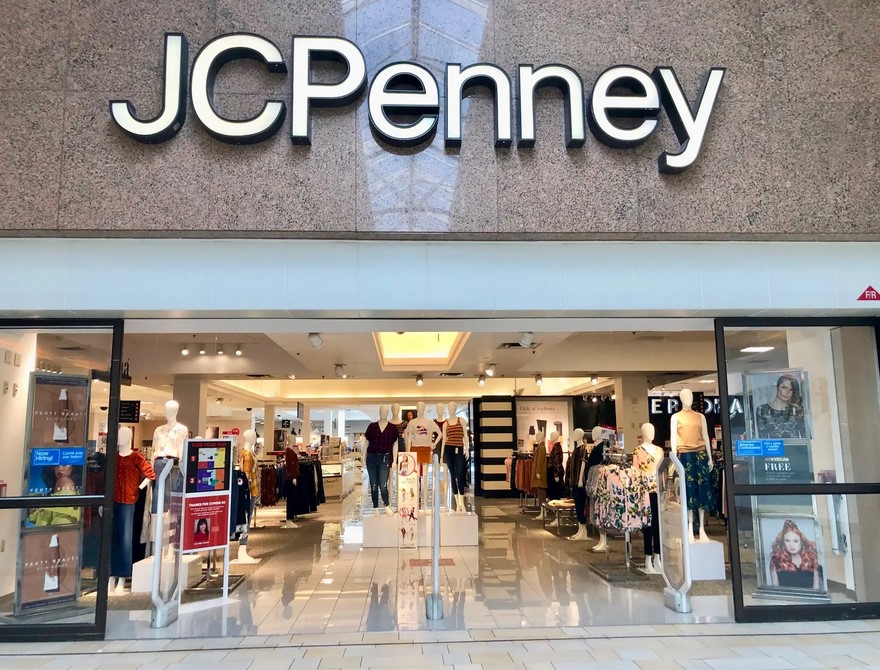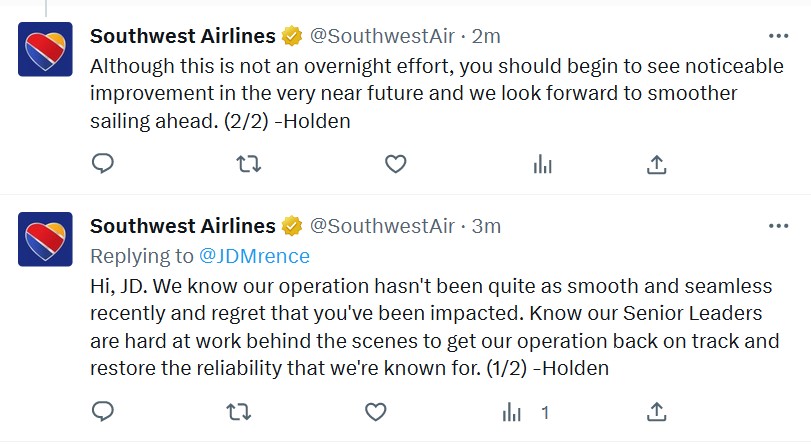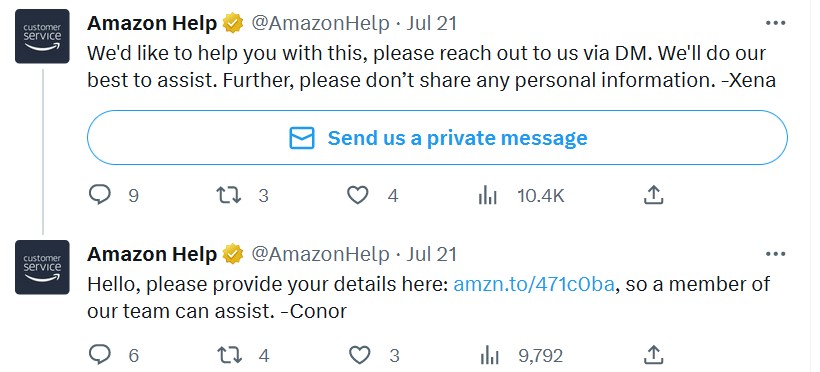Defining Brand Crisis
The woke era has sparked a new demand for equity, diversity, and inclusion. Social injustices have become impossible to ignore, catalyzing powerful social movements for change. But along with these changes are the cancel culture and call-out culture, where celebrities, influencers, and even regular people end up being social pariahs due to their past mistakes and offensive views.
This fascinating culture of accountability has extended itself beyond individuals. It now affects organizations where in an instant, your favorite brand could be bombarded by complaints, finding themselves hated. The pressure is immense on budding entrepreneurs and branding and marketing specialists to uphold their brand reputation.
While woke culture keeps corporations in check, branding has become a tightrope walk. Hence, preparation is half the battle won when a crisis hits an affected brand. You'll need strategic brand crisis management spearheaded by an expert brand design team.
What is a Brand Crisis?
A brand crisis is when your brand image, brand reputation, and equity get threatened, altering customers' perceptions and brand loyalty. A brand crisis could range from releasing tone-deaf branding or marketing campaigns.
Lousy customer experiences shared online or false rumors. Brand crises are not always external, in any case. They can also arise from within your organization like product recalls, ethical and leadership scandals, and data breaches.
Let's look at some examples below.
Brand Crisis Management Fails to Learn From
1. JCPenney’s Search for Identity and Slow Innovation

More JCPenney stores close via Business Insider
Not too long ago, JCPenney was a dominant force, a name that resonated with many Americans. After several branding crises, it has struggled to regain footing in the market.
Their first misstep was хmodernizing their brand image](https://www.businessinsider.com/jcpenney-identity-crisis-after-ceo-departure-2018-7). While JCPenney may have been due for a brand refresh to widen its market reach, the move did not sit well with its loyal middle-aged customer base. The strategy could have been more cohesive, plus the lack of consistency made unhappy customers doubtful, further eroding their trust.
Making matters worse was its slow adaptation to digitalization. This hindered the brand's growth, especially when the COVID-19 pandemic swept across the globe, leaving other retail companies alike leering to keep their doors open.
Everybody was transacting online, a difficult task as JC Penney needed a solid digital framework. This made it all the more challenging for the brand to expand its reach, strengthen its brand reputation, and engage with customers in the digital realm.
2. United Airlines’ Viral Failure in Customer Management
In 2017, a video shared online of a 69-year-old passenger being forcefully dragged across the floor of a United Airlines plane by security officers went viral. The disturbing incident caused the passenger to sustain injuries and become unconscious at one point.
The reason for this appalling removal? The airline needed to make room for four employees due to staff another flight in Louisville, thus having to remove four randomly selected passengers.
While the other three passengers accepted the offered accommodation, travel vouchers, and rescheduled flight, the passenger in the video—a doctor—refused as he had patients to attend to. And this is a perfectly sound reason the airline could have chosen to understand.
What made the incident worse was the lack of empathy from the CEO for defending their actions, which further damaged United Airlines' reputation. Because of the backlash and outcries from customers and users on social media, the CEO changed his tune a few days after, issuing a formal apology.
But the damage is done.
The brand's failure in crisis management resulted in financial losses, loss of customer trust, and a negative impact on employee morale and brand image.
3. Marriott's Multiple Data Breach
The hotel-chain Marriott is a favorite target for cybercriminals as it has suffered multiple attacks in recent years.

Constant data breaches create doubt among Marriott patriots. Image via Unsplash
In 2014, a data breach went undetected until 2018, exposing millions of guests' information and resulting in a $24 million fine. Two years later, another data breach happened, compromising the information of over five million guests.
And in 2022, a hacking group managed to convince an employee to grant access to Marriott's core network, but their attempt was foiled with only a few hundred guests' credit card numbers stolen. Still, it didn't make the breach less worrying.
Aside from legal repercussions, cybersecurity breaches can undermine a crisis management strategy and easily deter a brand's reputation. Stolen data often end up on the dark web and are sold for scamming and other criminal activities.
While Marriott claims to have improved its cybersecurity measures over the years, many hotel patrons feel their private information needs to be protected, and rightly so.
4. Dolce & Gabbana China Failure
"Boycott Dolce!" was the resounding cry of Chinese social media users upon the release of Dolce & Gabbana's campaign in 2018. Dolce & Gabbana, known for their daring and provocative designs, were entangled in a web of their own making.
The campaign featured a Chinese lady struggling to eat Italian food—spaghetti, pizza, and a cannoli—with chopsticks. The brand may have intended to be playful. Instead, what sent the controversial campaign to become a lightning rod for shockwaves throughout the industry was its blatant cultural insensitivity and ignorance.
The Dolce & Gabbana China brand crisis management failure serves as a poignant reminder that in our interconnected global society, understanding and respecting diverse cultures is not just a matter of political correctness but a vital aspect of successful brand communication. Otherwise, a branding mishap that can be hard to recover from happens.
5. Tesla Cyber Truck Live Demo Fail
Armored cars are supposed to be indestructible, ensuring your safety in even the most extreme situations. They can withstand powerful blows from all sorts of objects: a bat, a sledgehammer, or even a metal ball, as demonstrated by Tesla.
However, things didn't go as planned during a highly anticipated demo day. In a surprising turn of events, the window glass of the Cyber Truck shattered not once but twice. Oops!
This wasn't the convincing display of strength and durability that the brand promised.
Signs that Your Company is Suffering a Brand Crisis
Brand crises are a communication nightmare everyone avoids as they can put businesses out. But not every hiccup is a crisis and can even become opportunities to turn things around.
Here are signs to tell if you happen to be in a brand crisis or a communications crisis.
Your Company is Receiving Multiple Customer Complaints
This one is direct yet easily ignored when enforcing crisis management. Yes, you can't please everyone, but if your brand receives complaints over the same matters, you should do something about them.
After all, customers are more likely to voice concerns, and complaints on social media can spread like wildfire in a hyperconnected world.
Luckily, there are various ways in which you can track and monitor this crisis. One effective method is leveraging social media listening tools, allowing you to note negative keywords and social mentions associated with your brand.
Having the pulse on the market, you have the upper hand to turn bad situations into opportunities to gain valuable insights into how your brand is perceived and how to improve them.
You're Losing Engagement
Sustaining your customers' interest is a challenging feat. As a brand, you should be on-trend, producing the most innovative and high-quality products to thrive in an overly saturated market.
Other things can also be extra challenging, with ineffective communication and marketing strategies resulting in negative publicity. Just look at what happened to United Airlines and Dolce & Gabbana's crisis management blunders.
So how do you maintain your brand's relevance in this fast-paced world? Awareness is key.
Start by investing in reliable market research to track the latest trends and opportunities for market growth. Tap your sales and customer management team to encourage customers to share their views.
In addition to getting real-time feedback from the ground, this in-person experience makes customers feel valued. These simple steps ensure you are one step ahead and decrease the likelihood of branding gaffes.
Finally, be fearless in trying out branding strategies. But in doing so, focus on branding efforts that are authentic to your brand values and target audience. As long as your customers resonate with you at a deeper level, you are well on your way to establishing and expanding a solid customer base. They can also come to your aid and advocate for you when your brand is vulnerable.
Your Company is Bleeding Money
Negative word-of-mouth and online reviews can dissuade potential customers from purchasing, leading to declining sales. Your long-time customers may also feel less inclined to repeat business with you. And customer retention will take more work to maintain.
Dealing with the aftermath of a brand crisis is far from simple, so it's crucial to prepare before it happens. Taking proactive steps to protect your brand's reputation and minimize potential damage is vital.
By staying ahead of potential crises and implementing effective crisis management strategies, you can help maintain customer trust and loyalty, ensuring the long-term success of your business.
How To Prepare for a Brand Crisis
Step 1: Form an Expert Crisis Team or Specialists
A reliable team of brand experts who navigate brand crises can be one of your best investments. Sure, they can be costly and hard to find, but they can save your brand from combusting sooner.
Your first step is identifying what type of risks your brand may run into. Will you need PR, social media management, and legal professionals? It's also best if they can present a proven track record of handling specific brand crises that you can relate with. Also, tap into your network of trusty professionals and business leaders for recommendations.
Step 2: Listen to Your Customers And Walk the Talk
Technological advancements have brought about digital tools you can use to monitor brands. You have social media listening tools that automatically scan through social media platforms for any brand mentions. Brand monitoring platforms with more coverage, including news sources and other sites outside social media platforms, are also available.
Finally, NLP or natural language processing algorithms-based sentiment analysis tools can quickly gauge the changing attitude of your consumers toward your brand over time. These tools allow you to address the situation as strategically and as promptly as possible.
Many brands have also turned to social media to expedite customer complaint responses and give better service. Just look at Southwest Airlines, Amazon Help, and WixHelp. Twitter became their central platform for addressing complaints quickly, and other followers see how responsive they are!

Southwest Airlines Twitter customer service response via Twitter

Amazon Help Twitter customer service response via Twitter
Customers are often vocal about what they want, too. All you have to do is listen, pick up the clues, be strategic, and be innovative in integrating them into your product development.
For example, Unilever runs an initiative called the Open Innovation platform, where individuals referred to as partners are encouraged to present suggestions to improve their products and address specific problems.
At the time of writing, interested partners can select challenges to tackle, like climate-action, waste-free world, and diversity, equity, and inclusion challenges.
Step 3: Be Mindful of Your Brand Values
It's tempting to ride on trends to gain more attention from customers. But going down this path may risk straying from your core brand values and alienating your target audience. Avoid this by conducting periodic check-ins with your team, and see if your branding and marketing strategies align with your values.
This applies to building partnerships with influencers and sponsors, as well. Finally, stay informed about industry trends and changes that could impact the brand's reputation and values.
Step 4: Monitor Your Competitors
With tracking systems in place, you can closely monitor your competitors, too! This involves analyzing their marketing strategies, pricing models, product features, and customer feedback. By comparing your brand's performance with your competitors, you can identify areas where you can improve and stay ahead in the market.
Add to that the insights you gain into their activities and consumer perception can quickly identify potential crises or threats that might affect your brand.
Points to Ponder After a Brand Crisis
A brand's reputation can be very fragile when a company crisis occurs. One controversy, bad publicity, an accidental social media gaffe, or a negative customer experience can severely affect a brand's long-term success. However, navigating this slippery slope post-brand crisis is possible with the following tips.
- Maintain Transparent Communication. Your brand's credibility and trust rely on transparency with your team, stakeholders, and customers. Hence, it helps to communicate how you can address concerns.
- Be Quick to Respond. Having a decisive team leader or spokesperson respond to criticisms head-on can make a difference. It is a huge indicator that your brand listens and cares about the well-being of your customers. Taking responsibility by apologizing swiftly reflects your brand's values and repairs its reputation.
- Ensure Your Internal Team Aligns with Your Company Values. A brand consistent with its words and actions inside and outside the company results in a strong reputation. That's why employees trained to take accountability can represent the brand effectively. Your employees are also vital in rebuilding damaged relationships by sincerely reaching out and supporting your customers.
Suffice it to say that upholding a brand that customers trust and preventing and managing brand crises takes a village. Hence, it's always worth it to have a reliable and brilliant brand design team to guide you away from the pitfalls of branding.
Jul 25, 2023
